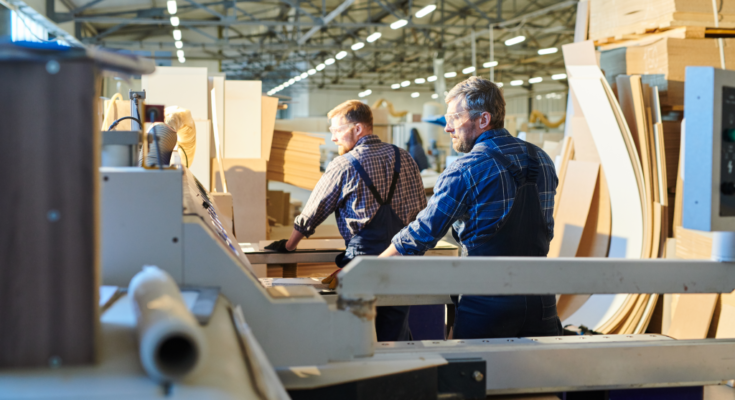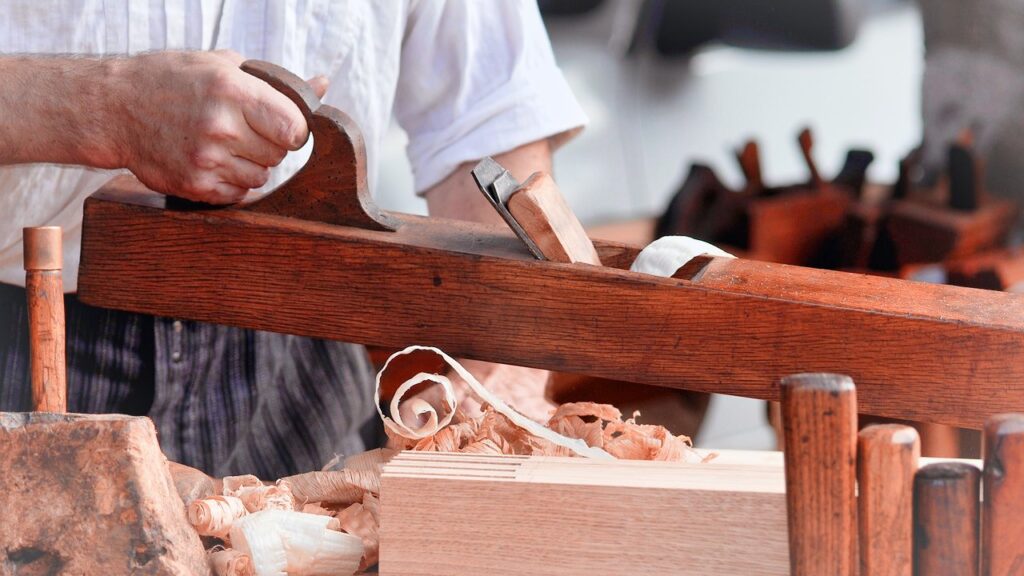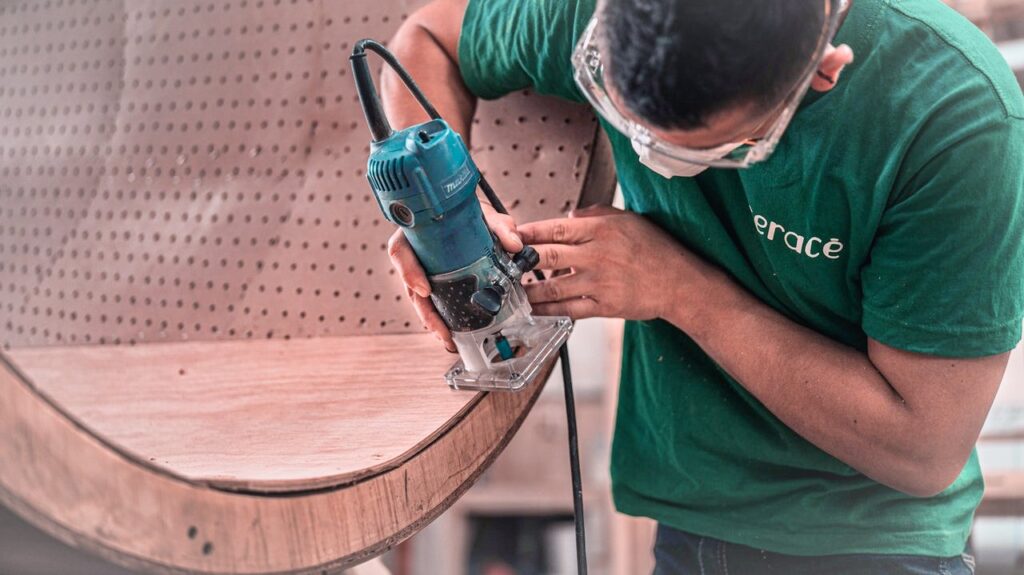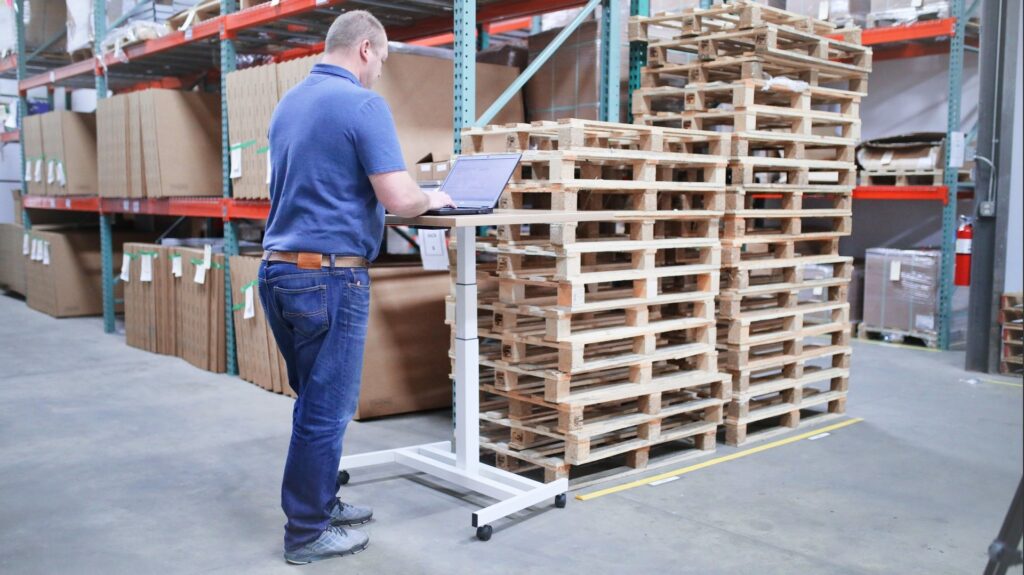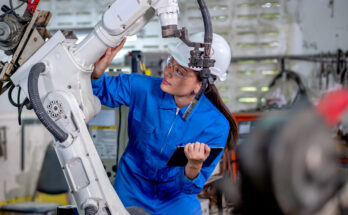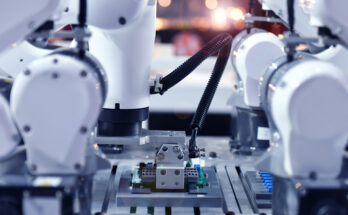Can robotic automation be suitable for the craft of furniture making?
For years, automation has only been accessible to a select few companies in the furniture industry.
Only those larger manufacturers that produced many identical items were able to justify the addition of automated machines. Smaller manufacturers have largely stuck with manual processes.
But, there is now an option for furniture manufacturers looking to expand their operations with automation.
Robots offer a more flexible alternative to conventional automation. They apply to a range of different tasks. They are even suitable for tasks that traditionally require craftspeople.
Are Robots Suitable for the Craft of Furniture Making?
People sometimes wonder if robotics is a viable option for furniture manufacturing. Robots might seem more suited to car manufacturing, where they have been commonplace for decades.
You might be concerned that robots won’t be able to provide the handmade touch that is often valued in the furniture industry.
But, one of the benefits of robots is that they are so adaptable. Movements that would be too complex for conventional automation are often possible with a robot.
This makes the handmade touch more accessible with robots than you might think.
Robots Could Help Revive the Furniture Industry
Of course, the purpose of adding robots to your furniture manufacturing process isn’t to remove human workers.
Robots can never remove the human touch completely. What they do provide is a way to maximize the skills and time of the people in your team.
This is particularly important right now. Over the last few years, the furniture industry has experienced skills shortages. It’s now harder than ever to find skilled craftspeople for all the jobs that are needed in a growing furniture company.
Robots offer an alternative to offshoring and other forms of automation. They allow you to scale your operations without compromising on quality.
7 Robotic Applications for the Furniture Industry
Here are some perfect applications for furniture manufacturers looking to add robotics to their operations. They can offer immediately obvious benefits to the manufacturing process. In addition, it allows workers to maximize their time and efforts:
1. Wood Milling
Milling is a core task for many furniture manufacturers, whether you are cutting out flat shapes for later assembly or you are sculpting 3D details into blocks of material.
Robotic milling offers a huge degree of flexibility compared to other forms of milling automation. They are larger than CNC machines and so aren’t limited by the size of the workpiece that you can operate on.
2. Product Inspection
Inspection is often the final stage in the manufacturing process. This step comes before your furniture products are packaged and shipped. Good inspection processes can help reduce rework and recalls. As a result, it increases the quality of your products and the image of your brand.
Robots can be integrated with vision systems, ultrasound scanners, and other sensors. Thus, it makes your furniture inspection step more streamlined.
3. Sanding and Surface Preparation
Sanding and other forms of surface preparation are laborious tasks. Throughout a long shift, the consistency of manual sanding can suffer, leading to a reduction in quality.
The huge benefit of using robots for sanding is the consistency of the surface finish that they provide. When you have programmed the robot’s path correctly, it will move the abrasive media over the surface of the material, in the same way, every time.
4. Painting and Coating
Manual painting often suffers because of the inconsistency in the amount of paint used. If the person slows down for even a moment when they are performing the painting movement, they will use more paint than necessary. This is wasteful and reduces the quality of the finish.
Painting robots are a perfect option for improving the efficiency of your furniture painting task. Various robot models are specially designed for painting operations.
5. Large Product Machining
One huge benefit of using robots for furniture manufacturing is their large workspace. You can increase the size of almost any robot’s workspace simply by adding external axes. This is very useful when you are working with large furniture products. It can reduce steps compared to other forms of automation.
We have seen examples where people have used robotic machining to create life-size sculptures. This opens you up to more possibilities in the type of furniture projects you can fabricate.
6. Engraving Personalizations
Many furniture products offer some degree of personalization. Whether for the end-user or when product variants are sold by different suppliers. Engraved logos are also a popular addition.
Robots offer varied possibilities for engraving, etching, and other forms of personalization.
7. Palletizing for Shipment
You likely have plenty of other tasks that do not directly add value to the furniture products but are necessary to prepare them for shipment. Loading packaged products onto pallets is one such task.
Many industries use robotic palletizing and can remove this back-breaking task work from human workers.
How to Program a Furniture Robot Quickly and Easily
Whatever task you choose to perform with a robot, you probably want to get it up and running as soon as possible.
A vital step in any robot deployment is programming the robot. The right programming environment can significantly impact the time it takes to get a working robot running.
RoboDK provides a powerful programming environment that is simple to use, even for beginners to robotics. You can download a free trial copy on our download page.
What tasks in your furniture company would be most beneficial if you gave them to a robot? Tell us in the comments below or join the discussion on LinkedIn, Twitter, Facebook, Instagram, or in the RoboDK Forum.

